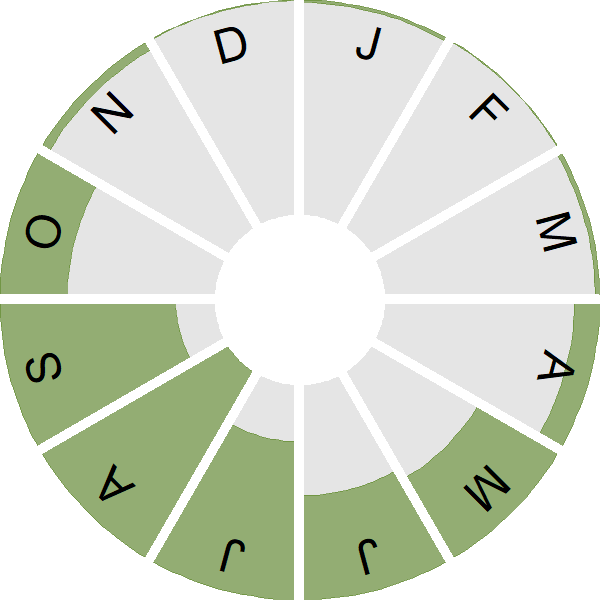Arctic Skua
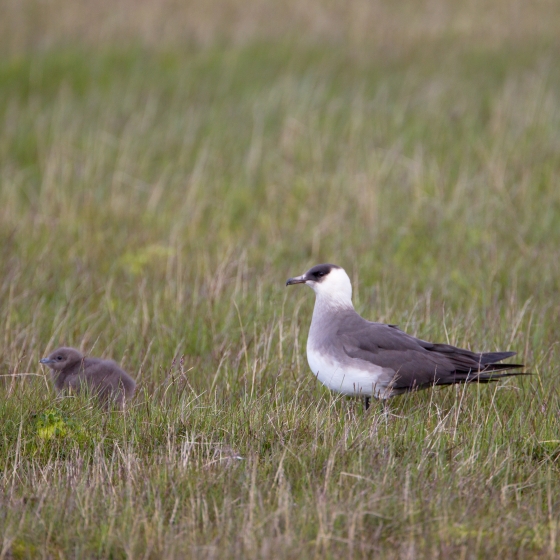
Introduction
This highly-migratory seabird has a fast and powerful flight that can also be nimble and manoeuvrable. It breeds on moorland in the Arctic but spends most of its year in the open ocean.
A few colonies are found in the far north and west of Britain, on moorland within easy reach of the sea. Elsewhere, Arctic Skuas occur offshore on migration and may be seen close inshore, often when chasing terns.
Seabird censuses reveal that Arctic Skuas breeding in Britain are currently in severe decline. Recent tracking studies have shown that breeding birds make long excursions to gather food for their chicks, perhaps indicating that suitable prey is scarce near the colonies.

Key Stats
Identification
ID Videos
This section features BTO training videos headlining this species, or featuring it as a potential confusion species.
Skuas
Songs and Calls
Call:
Flight call:
Status and Trends
Conservation Status
Population Change
With the UK the Arctic Skua is restricted to north and west Scotland. Based on previous Censuses, the population increased substantially between 1969–70 and 1985–88; despite a subsequent decline, breeding numbers counted by Seabird 2000 (1998–2002) remained approximately double the 1969–70 population. The results of the recent Seabirds Count (2015–2021) are not yet available; however, annual monitoring data suggest that the decline has continued (JNCC 2022). Perkins et al. (2018) found that numbers had declined by 81% between 1992 and 2015 within their core Scottish breeding areas. The effects of the ongoing highly pathogenic avian influenza (HPAI) outbreak are being closely monitored.
Distribution
Arctic Skuas breeding in the UK are at the southwestern extremity of their mostly circumpolar breeding range. In the UK they nest in the Northern Isles, Caithness and Sutherland, the Outer Hebrides, St Kilda and a few southern Inner Hebridean islands. Highest numbers are found on Shetland, Orkney and the Outer Hebrides.
Occupied 10-km squares in UK
or view it on Bird Atlas Mapstore.
or view it on Bird Atlas Mapstore.
European Distribution Map
Distribution Change
Arctic Skuas have declined significantly and this is beginning to show in the range maps, with losses in the southern part of the range on Islay and Jura.
Change in occupied 10-km squares in the UK
or view it on Bird Atlas Mapstore.
or view it on Bird Atlas Mapstore.
Seasonality
Arctic Skuas are predominantly summer visitors, arriving from April. Peak reporting is during autumn passage in August and September. Occasional birds may winter.
Weekly pattern of occurrence
The graph shows when the species is present in the UK, with taller bars indicating a higher likelihood of encountering the species in appropriate regions and habitats.

Movement
Britain & Ireland movement
Foreign locations of birds ringed or recovered in Britain & Ireland
Dots show the foreign destinations of birds ringed in Britain & Ireland, and the origins of birds ringed overseas that were subsequently recaptured, resighted or found dead in Britain & Ireland. Dot colours indicate the time of year that the species was present at the location.
- Winter (Nov-Feb)
- Spring (Mar-Apr)
- Summer (May-Jul)
- Autumn (Aug-Oct)

European movements
EuroBirdPortal uses birdwatcher's records, such as those logged in BirdTrack to map the flows of birds as they arrive and depart Europe. See maps for this species here.
The Eurasian-African Migration Atlas shows movements of individual birds ringed or recovered in Europe. See maps for this species here.
Biology
Productivity and Nesting
Nesting timing
Egg measurements
Clutch Size
Survival and Longevity
Survival is shown as the proportion of birds surviving from one year to the next and is derived from bird ringing data. It can also be used to estimate how long birds typically live.
View number ringed each year in the Online Ringing Report.
lifespan
Survival of adults
Survival of juveniles
Biometrics
Wing length and body weights are from live birds (source).
Wing length
Body weight
Ring Size
Classification, names and codes
Classification and Codes
- Order: Charadriiformes
- Family: Stercorariidae
- Scientific name: Stercorarius parasiticus
- Authority: Linnaeus, 1758
- BTO 2-letter code: AC
- BTO 5-letter code: ARCSK
- Euring code number: 5670
Alternate species names
- Catalan: paràsit cuapunxegut
- Czech: chaluha príživná
- Danish: Almindelig Kjove
- Dutch: Kleine Jager
- Estonian: söödikänn
- Finnish: merikihu
- French: Labbe parasite
- Gaelic: Fàsgadair
- German: Schmarotzerraubmöwe
- Hungarian: ékfarkú halfarkas
- Icelandic: Kjói
- Irish: Meirleach Artach
- Italian: Labbo
- Latvian: isastes klijkaija
- Lithuanian: smailiauodegis plešikas
- Norwegian: Tyvjo
- Polish: wydrzyk ostrosterny
- Portuguese: mandrião-parasítico / moleiro-pequeno
- Slovak: pomorník príživný
- Slovenian: bodicasta govnacka
- Spanish: Págalo parásito
- Swedish: kustlabb
- Welsh: Sgiwen y Gogledd
Research
Causes of Change and Solutions
Causes of change
The decline in the Arctic Skua population is believed to be driven by strong decreases in breeding productivity (Perkins et al. 2018), with complete breeding failure occurring more frequently (JNCC 2022). Arctic Skuas are kleptoparasites, stealing food from other seabirds such as Kittwakes and auks. Recent declines for these species have been linked to the decline in their prey species, in particular sandeels Ammodytes marinus and it is likely that this will also have affected Arctic Skua productivity (Dwason et al. 2011; Perkins et al. 2018). Productivity is also likely to have been impacted by increases in the Great Skua population, through increased predation of Arctic Skua chicks (Meek et al. 2011; Perkins et al. 2018) and also through competition for territories (Dawson et al. 2011) and food (Meek et al. 2011).
Publications (6)
New insights into the migration and wintering areas of Scottish-breeding Arctic Skuas
Author: O’Hanlon, N.J., van Bemmelen, R.S.A., Conway, G.J., Thaxter, C.B., Aiton, H., Aiton, D., Balmer, D.E., Calladine, J.R., Harris, S.J. & Humphreys, E.M.
Published: 2024
Research by BTO Scotland unveils the migration routes and wintering grounds of one of the Arctic Skua, one the UK’s rarest and most endangered seabirds.
29.09.24
Papers
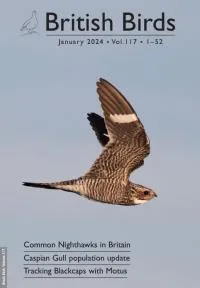
The status of the UK’s breeding seabirds
Author: Stanbury, A.J., Burns, F., Aebischer, N.J., Baker, H., Balmer, D., Brown, A.F., Dunn, T., Lindley, P., Murphy, M., Noble, D.G., Owens, R. & Quinn, L.
Published: 2024
Five seabird species are added to the Birds of Conservation Concern Red List in this addendum to the 2021 update, bringing the total number of Red-listed seabird species to 10, up from six since seabirds were last assessed. The Amber List of seabirds moves from 19 to 14 species, and the Green List increases from one to two species.
29.09.24
Papers

Seabird Population Trends and Causes of Change: 1986–2023
Author: Harris, S.J., Baker, H., Balmer, D.E., Bolton, M., Burton, N.H.K., Caulfield, E., Clarke, J.A.E., Dunn, T.E., Evans, T.J., Hereward, H.R.F., Humphreys, E.M., Money, S. and O’Hanlon, N.J.
Published: 2024
This report presents the latest seabird population trends in breeding abundance and productivity using data from the Seabird Monitoring Programme (SMP).The report documents changes in the abundance and productivity of breeding seabird species in Britain and Ireland from 1986 to 2023, and provides a detailed account of the 2021, 2022 and 2023 breeding seasons.This report includes both inland and coastal populations and trends from the Channel Islands, England, Isle of Man, Northern Ireland, Scotland, Wales and the Republic of Ireland, which are presented where sufficient data are available. The results from this report are used more broadly to assess the health of the wider environment, to inform policy and for conservation action.
21.11.24
Reports Research reports
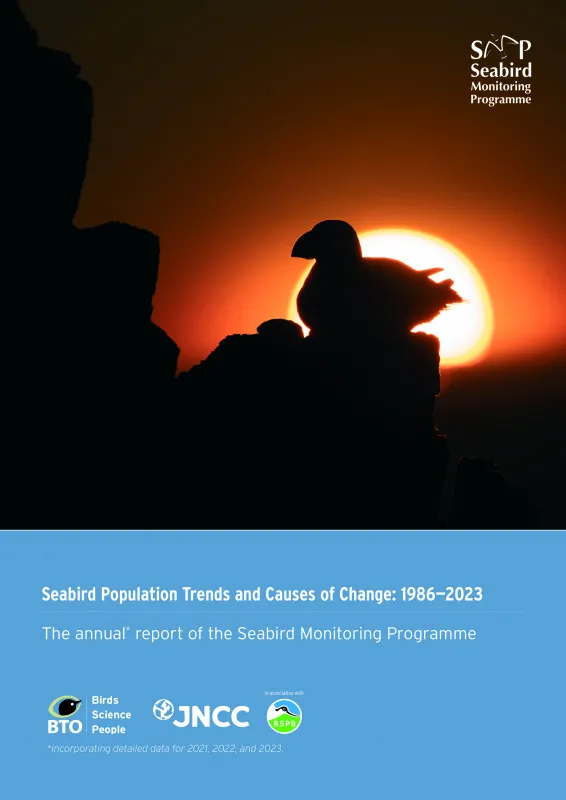
Atlantic populations of a declining oceanic seabird have complex migrations and weak migratory connectivity to staging areas
Author: O'Hanlon, N.J., van Bemmelen, R.S.A., Snell, K.R.S., Conway, G.J, Thaxter, C.B., Aiton, H., Aiton, D., Balmer, D.E., Are Hanssen, S., Calladine, J.R., Hammer, S., Harris, S.J., Moe, B., Schekkerman, H., Tulp, I. & Humphreys, E.M.
Published: 2024
Tracking the long-distance migrations of Arctic Skuas from their north-east Atlantic breeding grounds revealed complex migration strategies, with mixing of individuals from different populations at important staging areas before the birds reached their southern wintering grounds.
07.03.24
Papers
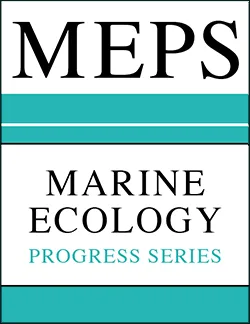
The risk of extinction for birds in Great Britain
Author: Stanbury, A., Brown, A., Eaton, M., Aebischer, N., Gillings, S., Hearn, R., Noble, D., Stroud, D. & Gregory, R.
Published: 2017
The UK has lost seven species of breeding birds in the last 200 years. Conservation efforts to prevent this from happening to other species, both in the UK and around the world, are guided by species’ priorities lists, which are often informed by data on range, population size and the degree of decline or increase in numbers. These are the sorts of data that BTO collects through its core surveys.
01.09.17
Papers
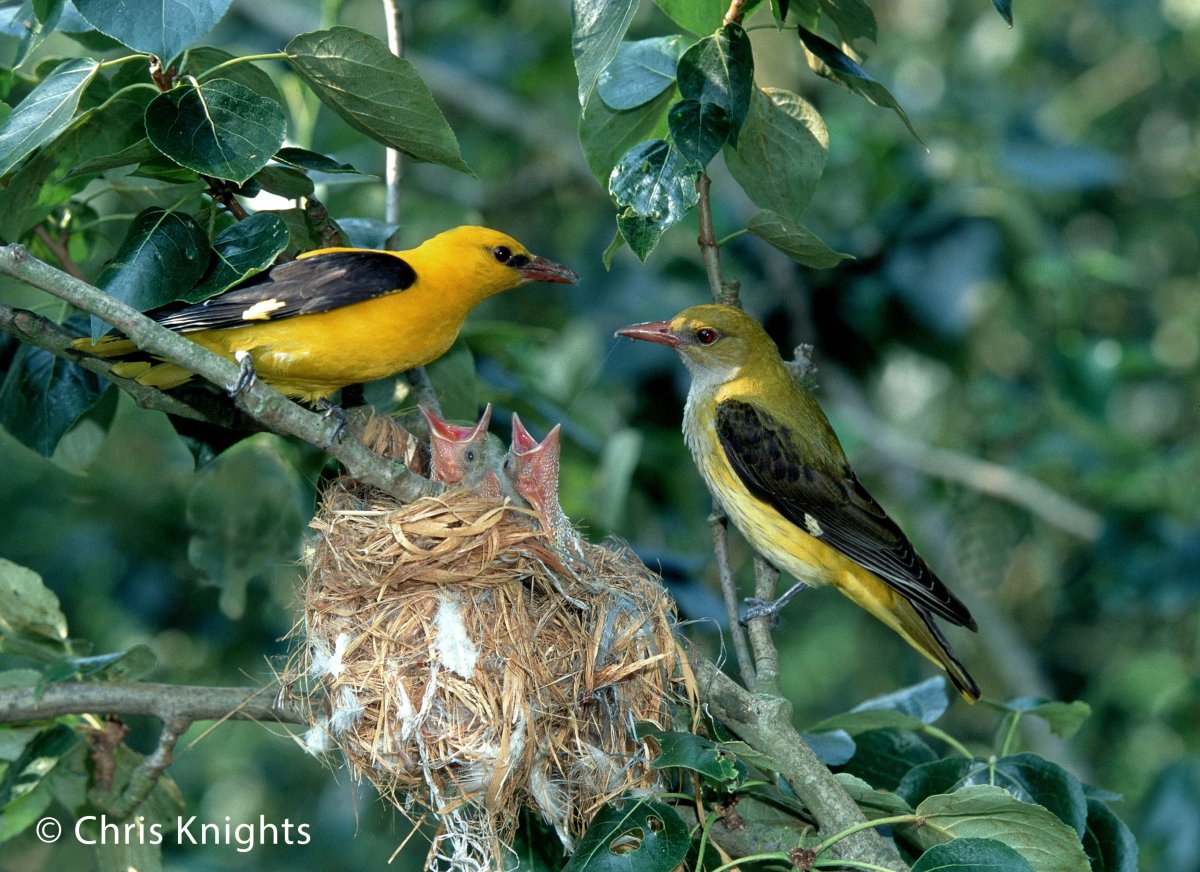
Sex-specific food provisioning in a monomorphic seabird, the common guillemot Uria aalge: nest defence, foraging efficiency or parental effort?
Author: Thaxter, C.B., Daunt, F., Hamer, K.C., Watanuki, Y., Harris, M.P., Gr
Published: 2009
01.01.09
Papers

